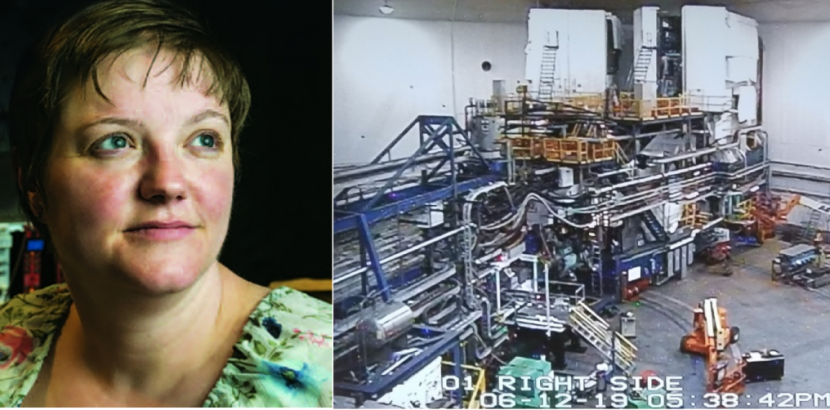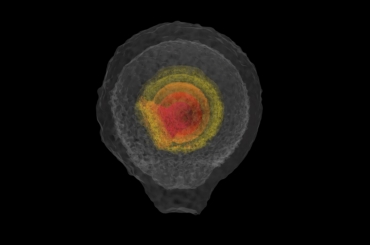Connecting Heaven and Earth: UM Researchers Have Highly Anticipated Nuclear Experiment Underway
Neutron stars were recently in the news because the gravitational wave observatory, LIGO, detected a neutron star merger. Neutron stars are very interesting objects. A teaspoon of neutron star matter is so dense it would weigh about 10 million tons! The remnants of supernovae explosions, neutron stars tell us about the origin of matter in our universe. Our understanding of neutron stars depends on detailed calculations of nuclear structure. A professor in the Department of Physics and Astronomy, Dr. Samar Safi-Harb, does astrophysical observations of supernovae remnants.
Professors Dr. Juliette Mammei, along with her colleagues Dr. Michael Gericke and adjunct professor Dr. Russell Mammei, currently have an experiment running at Jefferson Lab, the world’s premier electron scattering facility, to measure the neutron skin of lead in an “earth-based” experiment. The precise determination of the neutron skin of lead (or how far the neutrons stick out from the protons in the nucleus) tells us about the equation of state (EOS) of neutron matter. The nuclear EOS is analogous to the chemical EOS of water, which tells us the density as a function of temperature and pressure – very cold water at atmospheric pressure is solid ice, and very hot water is vapor – steam.
Dr. Mammei and her group were responsible for designing the magnetic shielding and simulations of the optics of the PREX and CREX experiments, as well as oxidation studies of calcium. Dr. Mammei is currently on sabbatical, taking data on the experiments at Jefferson Lab.
For more information, please see https://physicstoday.scitation.org/doi/10.1063/PT.3.4247

